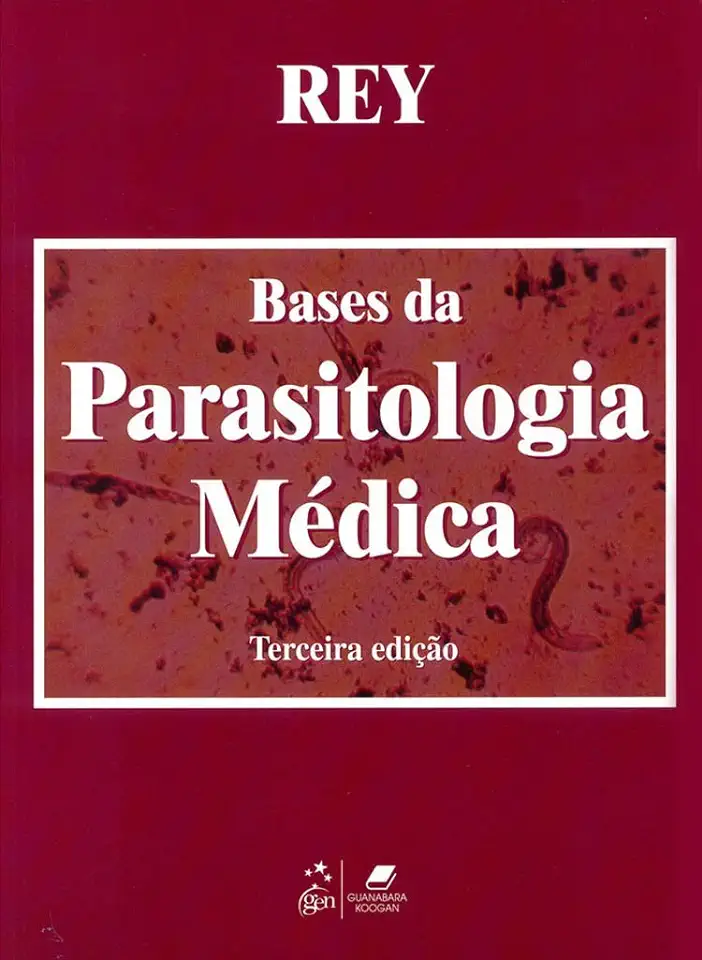
Foundations of Medical Parasitology - Luis Rey
Foundations of Medical Parasitology: A Comprehensive Guide to Human Parasites and Their Pathogenesis
Introduction
Medical parasitology is the study of parasites that cause disease in humans. These parasites can be protozoa, helminths, or ectoparasites. Protozoa are single-celled organisms that can cause diseases such as malaria, Chagas disease, and African sleeping sickness. Helminths are multicellular worms that can cause diseases such as schistosomiasis, hookworm infection, and roundworm infection. Ectoparasites are organisms that live on the outside of the body and can cause diseases such as lice, fleas, and ticks.
The Importance of Medical Parasitology
Medical parasitology is an important field of study because parasites can cause a wide range of diseases that can have a significant impact on human health. Some parasites can cause life-threatening illnesses, while others can cause chronic health problems that can lead to disability or even death. In addition, parasites can also transmit other diseases, such as malaria and dengue fever.
The Foundations of Medical Parasitology
The foundations of medical parasitology include the study of the biology of parasites, the diseases they cause, and the methods used to diagnose and treat these diseases. This book provides a comprehensive overview of these topics, covering everything from the basic biology of parasites to the latest advances in diagnosis and treatment.
The Biology of Parasites
The first part of this book covers the basic biology of parasites. This includes information on the different types of parasites, their life cycles, and how they interact with their hosts. This information is essential for understanding how parasites cause disease and how they can be controlled.
The Diseases Caused by Parasites
The second part of this book covers the diseases caused by parasites. This includes information on the symptoms, diagnosis, and treatment of these diseases. This information is essential for clinicians who need to be able to diagnose and treat parasitic infections.
The Methods Used to Diagnose and Treat Parasitic Diseases
The third part of this book covers the methods used to diagnose and treat parasitic diseases. This includes information on laboratory tests, imaging techniques, and medications. This information is essential for laboratory technicians and clinicians who need to be able to diagnose and treat parasitic infections.
Conclusion
This book is a comprehensive overview of medical parasitology. It provides essential information on the biology of parasites, the diseases they cause, and the methods used to diagnose and treat these diseases. This book is a valuable resource for clinicians, laboratory technicians, and anyone else who is interested in learning more about medical parasitology.